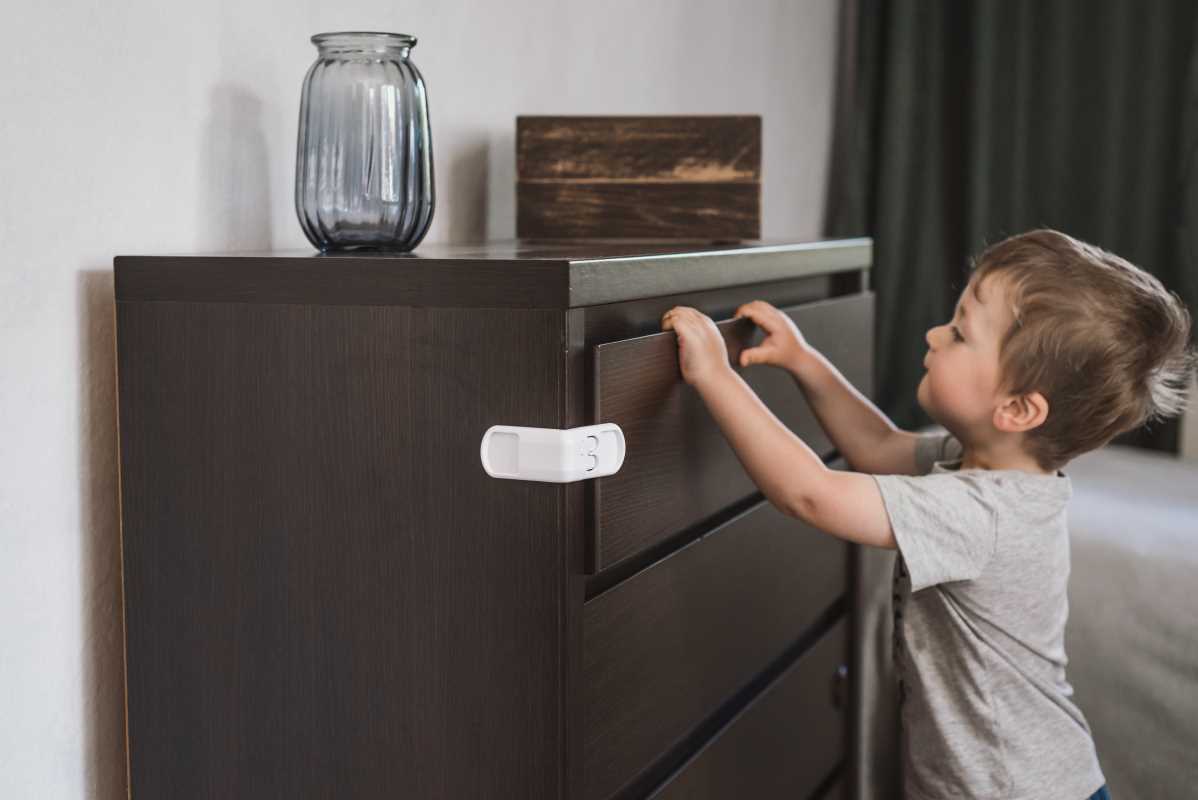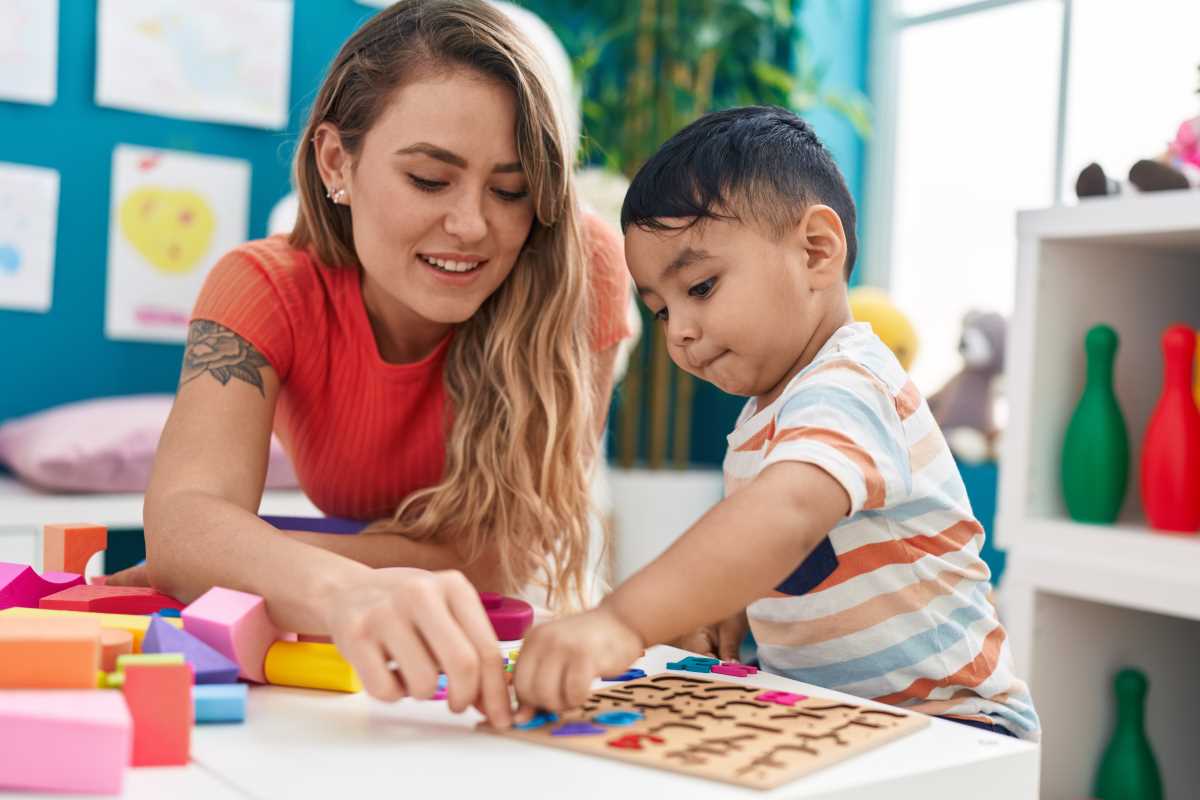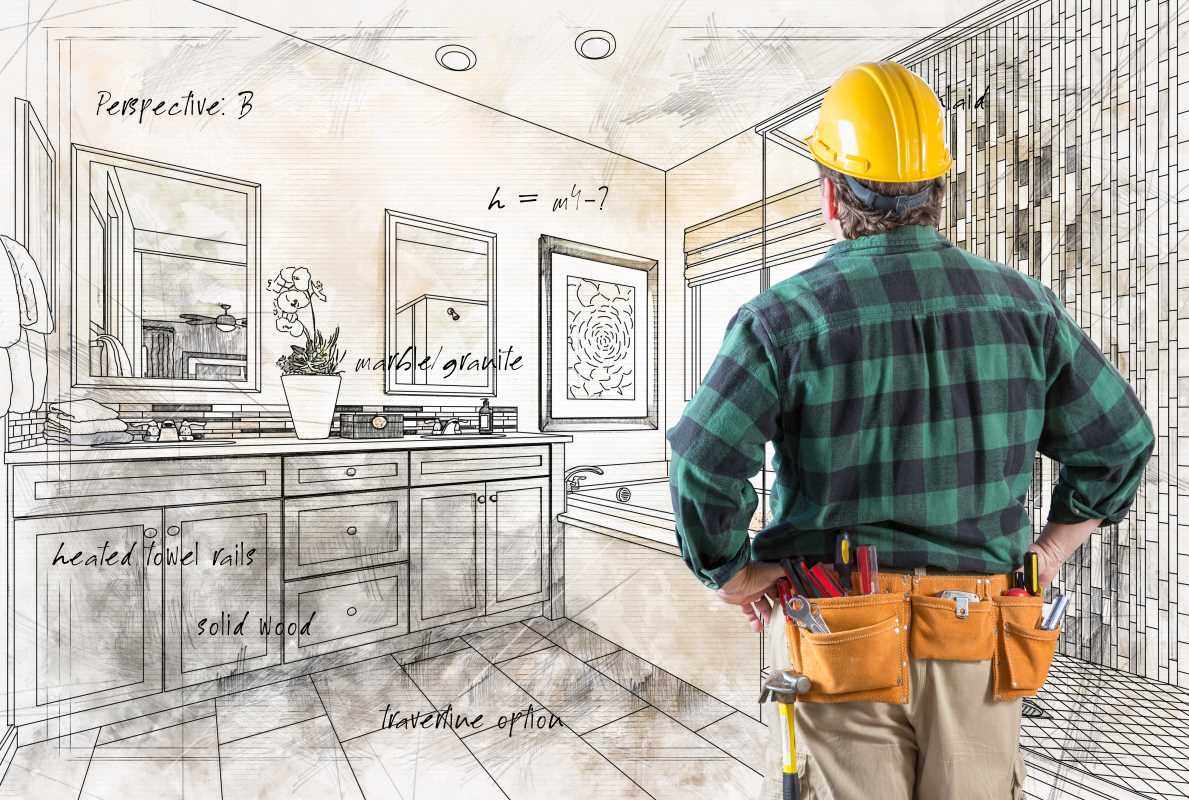Childproofing your home is an essential step for any parent, but when your child has autism, it often requires an extra layer of care and consideration. Every child on the autism spectrum is unique, which means their sensitivities, interests, and behaviors can vary widely. While some kids may be drawn to climbing furniture, others might be fascinated by opening drawers or exploring anything that makes noise or lights up.
By focusing on safety, sensory-friendly design, and creating a calming environment, you can turn your home into a space that feels secure and welcoming for your child. This guide will walk you through practical, actionable ways to childproof your home, ensuring both safety and peace of mind for your family.
Start with Safety
The first priority in childproofing is to reduce potential hazards around your home. This includes addressing everyday risks like sharp edges, toxic materials, or items that could cause injury.
Secure Furniture
Children with autism are often curious explorers, climbing on or pulling at furniture. To avoid accidents, make sure heavy furniture like bookshelves, dressers, and televisions are anchored securely to the walls. Anti-tip brackets are easy to install and go a long way in preventing furniture from toppling over.
Lock Away Hazardous Items
Keep dangerous items completely out of reach. Consider locking up or securing areas like:
- Cleaning supplies and chemicals: Use cabinet locks to prevent access.
- Medications: Store them in a lockable box or drawer.
- Tools and sharp objects: Knives, scissors, and even pens or pencils should be stored securely, especially in accessible areas like the kitchen or garage.
Prevent Wandering
Some children with autism are prone to wandering, which can lead to dangerous situations if they leave the house unnoticed. To enhance security:
- Install deadbolts or chain locks at the tops of doors.
- Add childproof doorknob covers that are difficult to grip and turn.
- Use alarms or chimes on doors and windows to alert you if they’re opened.
Protect Against Water Risks
Water can be especially attractive—but also dangerous—for some children with autism.
- Secure toilet seats with child locks.
- Drain bathtubs immediately after use and never leave a child unsupervised around water.
- If you have a pool, install a fence and a pool alarm for added safety.
Eliminate Choking and Strangulation Hazards
Smaller items can present choking risks, while wires and cords may pose strangulation dangers.
- Keep small objects like coins, buttons, and batteries out of reach.
- Secure window blind cords with cord winders or tie them up safely.
Consider Sensory Challenges
Children with autism often experience the world differently due to sensory sensitivities. These sensitivities can make certain textures, sounds, or lights feel overwhelming. Childproofing your home with sensory needs in mind will help make it a calm, welcoming space.
Reduce Overstimulation
Overstimulation from lights, sounds, or clutter can lead to meltdowns for some kids. Here’s how to adapt your home to be more sensory-friendly:
- Lighting: Switch harsh fluorescent lights to soft, dimmable lighting. Compact string lights or LEDs also work well for creating a calm space.
- Noise levels: Use noise-canceling headphones or white noise machines to help dampen loud or disruptive sounds from outside the home. Alternatively, soundproof one or two areas of the house that can serve as quiet zones.
- Declutter: Too many toys or objects in one space can feel visually overwhelming. Rotate toys periodically to maintain a tidy, organized environment that’s easier to process.
Offer Calming Alternatives
Creating a calming environment helps counteract the stressful moments kids with autism may face.
- Include a sensory corner or safe zone in a quiet part of your house. Furnish it with bean bag chairs, soft blankets, and sensory tools like weighted lap pads or squishy stress balls.
- Avoid brightly patterned furniture or decor, as complex patterns can feel overwhelming. Opt for solid colors or subtle textures instead.
Room-by-Room Childproofing
Living Room
The living room is often the home’s busiest area. With proper planning, it can still be a safe and welcoming environment for your child.
- Secure electronics: Mount TVs to the wall to prevent tipping. Hide cords in cord covers or tubing to keep them out of sight and reach.
- Protect sharp corners: Add corner guards to coffee tables, TV stands, and low shelves.
- Control access: If you have an entertainment unit or bookshelf containing items like remotes or electronics, consider using childproof locks or sliding glass door covers.
Kitchen
The kitchen holds many everyday risks, but careful planning can make it a safer space.
- Use locks on all lower cabinets and drawers containing dangerous items like knives, glass dishes, or cleaning products.
- Place stove knob covers or safety locks to prevent accidental turning on of burners. Consider using induction cooktops, which don’t generate heat unless a pot is on them.
- Store snacks or appealing food items in a consistent, locked location if your child tends to look for food impulsively.
Bathroom
The bathroom is another area that requires extra attention for safety.
- Install faucet covers to prevent sharp edges or bumps.
- Use anti-scald devices on faucets and showerheads to avoid extreme water temperatures.
- Secure cabinets and drawers where personal care products or medications are stored.
Bedroom
A child’s bedroom should feel like a safe haven.
- Anchor furniture like dressers to prevent tipping.
- Remove potential choking hazards, including small decorations or plush toys with buttons or beads.
- If your child struggles with sleep, blackout curtains and a white noise machine can create a more soothing environment for quality rest.
Create a Calming Environment
Beyond physical safety, a sense of emotional security is essential, too. Crafting a calming environment helps promote relaxation and emotional regulation for your child.
Incorporate Weighted Items
Many children with autism find comfort in weight, as it provides a sense of grounding. Weighted blankets, lap pads, or vests are excellent tools to include in relaxation zones.
Include Visual Schedules
Kids with autism often thrive on routine. Hang visual schedules somewhere easy to see (like near their sensory corner or on the fridge) to provide structure and consistency.
Provide Safe, Low-Stimulation Zones
Create one or more areas in your home where your child can relax during moments of sensory overload. Include soft furnishings and toys that encourage self-regulation, like foam blocks, a sensory bin, or quiet books.
Use Calming Colors
Colors can impact mood. Opt for muted shades like soft greens, blues, and grays in the home’s design rather than bright or overly bold shades.
Stay Adaptable
Finally, remember that childproofing isn’t a one-time task. Your child’s interests, behaviors, and risks will evolve as they grow.
- Regularly reassess your home as your child’s needs change. A favorite climbing spot today might not be as appealing next year, or new interests might bring different safety concerns.
- Talk to your child’s occupational therapist or care provider about additional tools or strategies that can be added to your home for better safety and comfort.
 (Image via
(Image via





